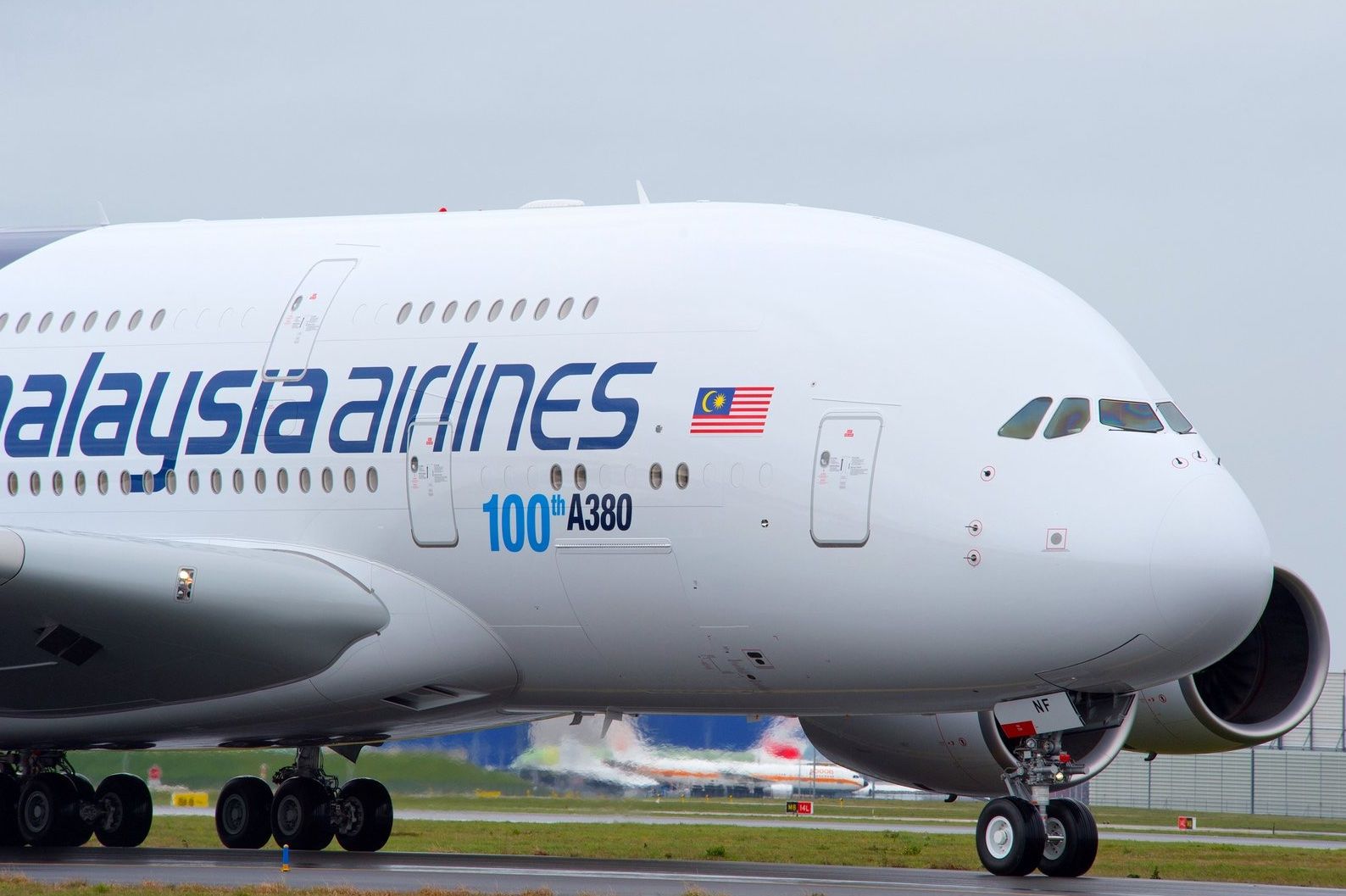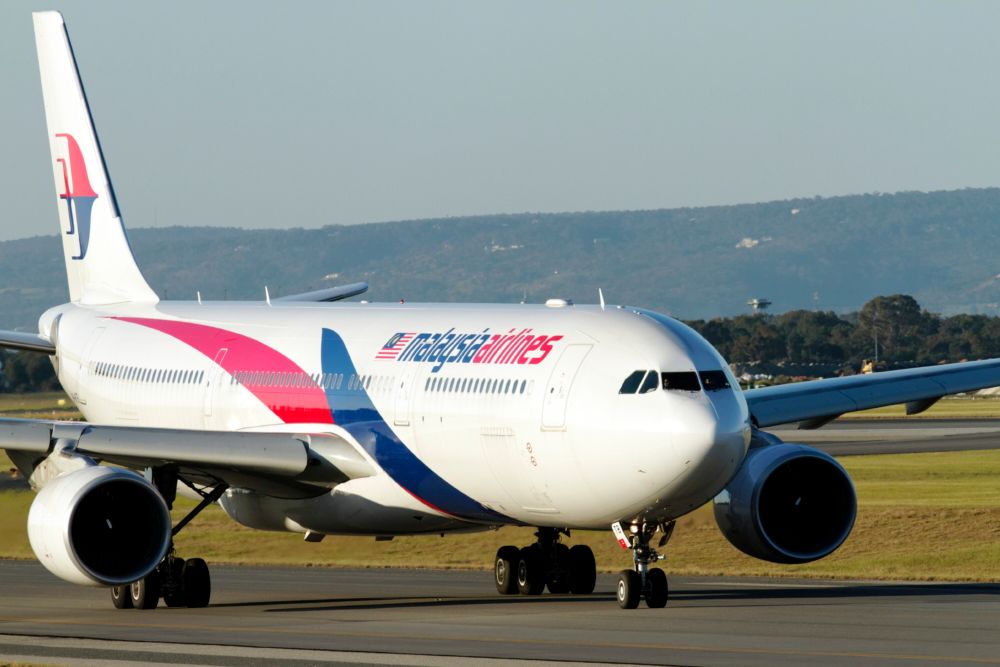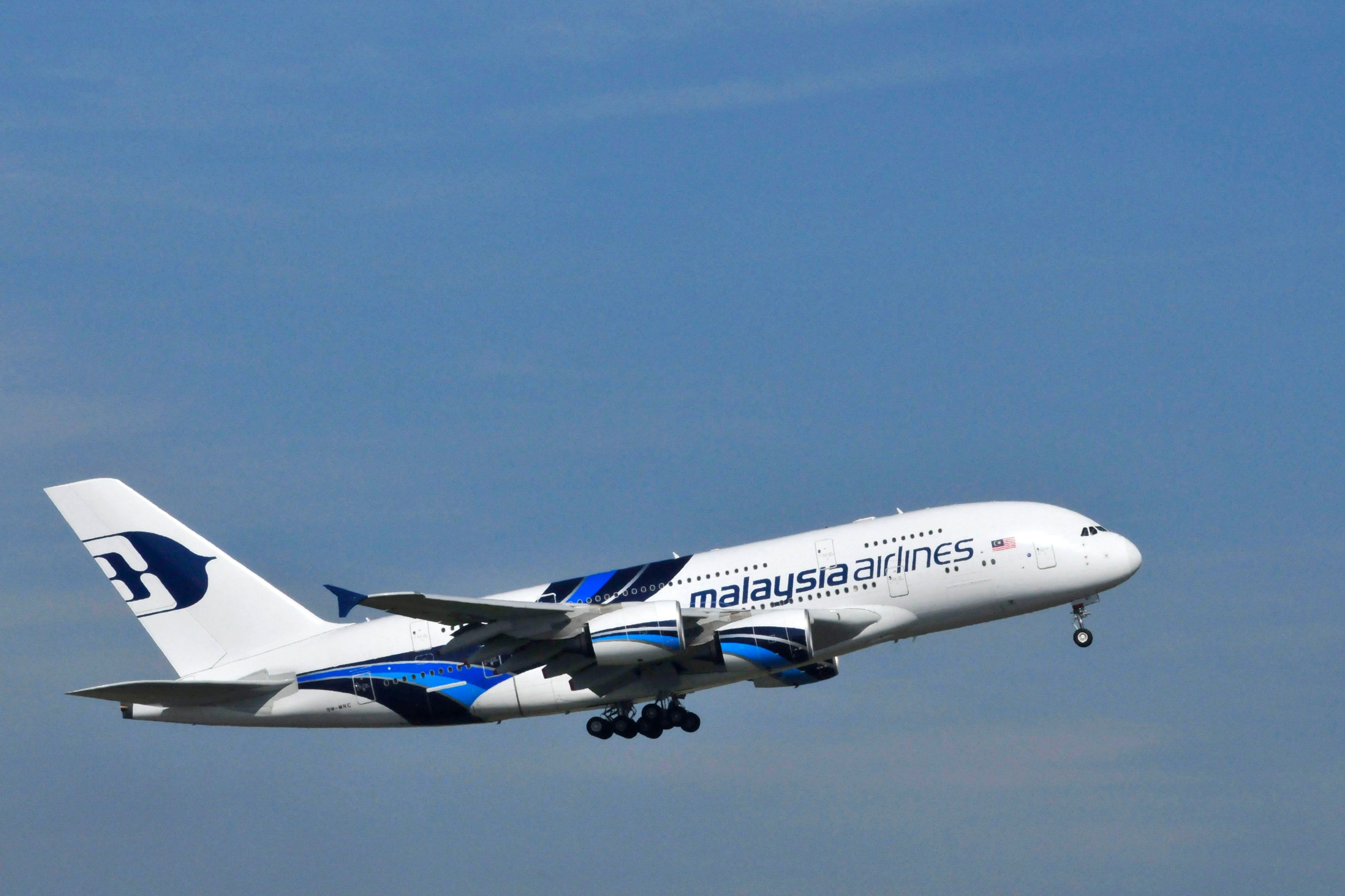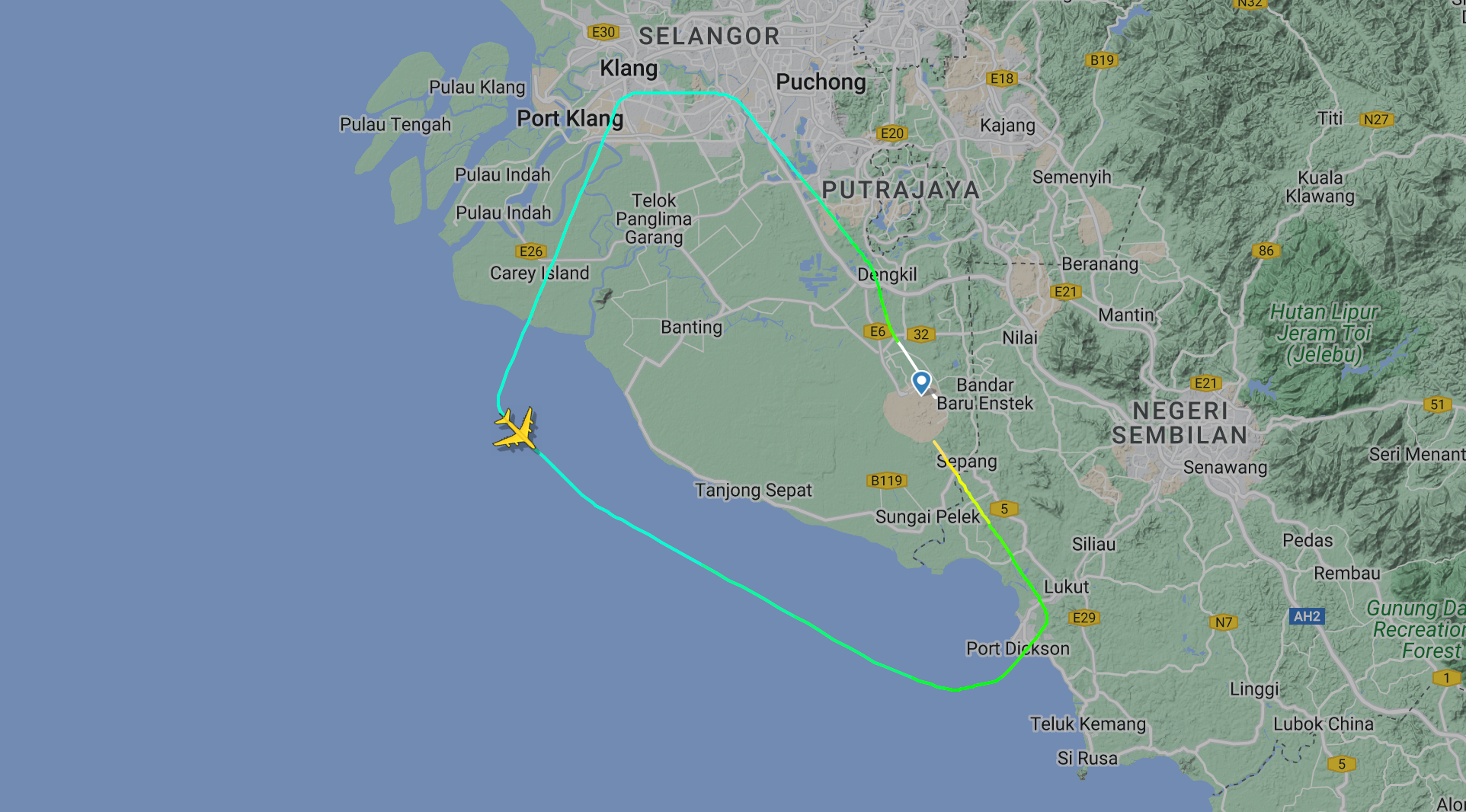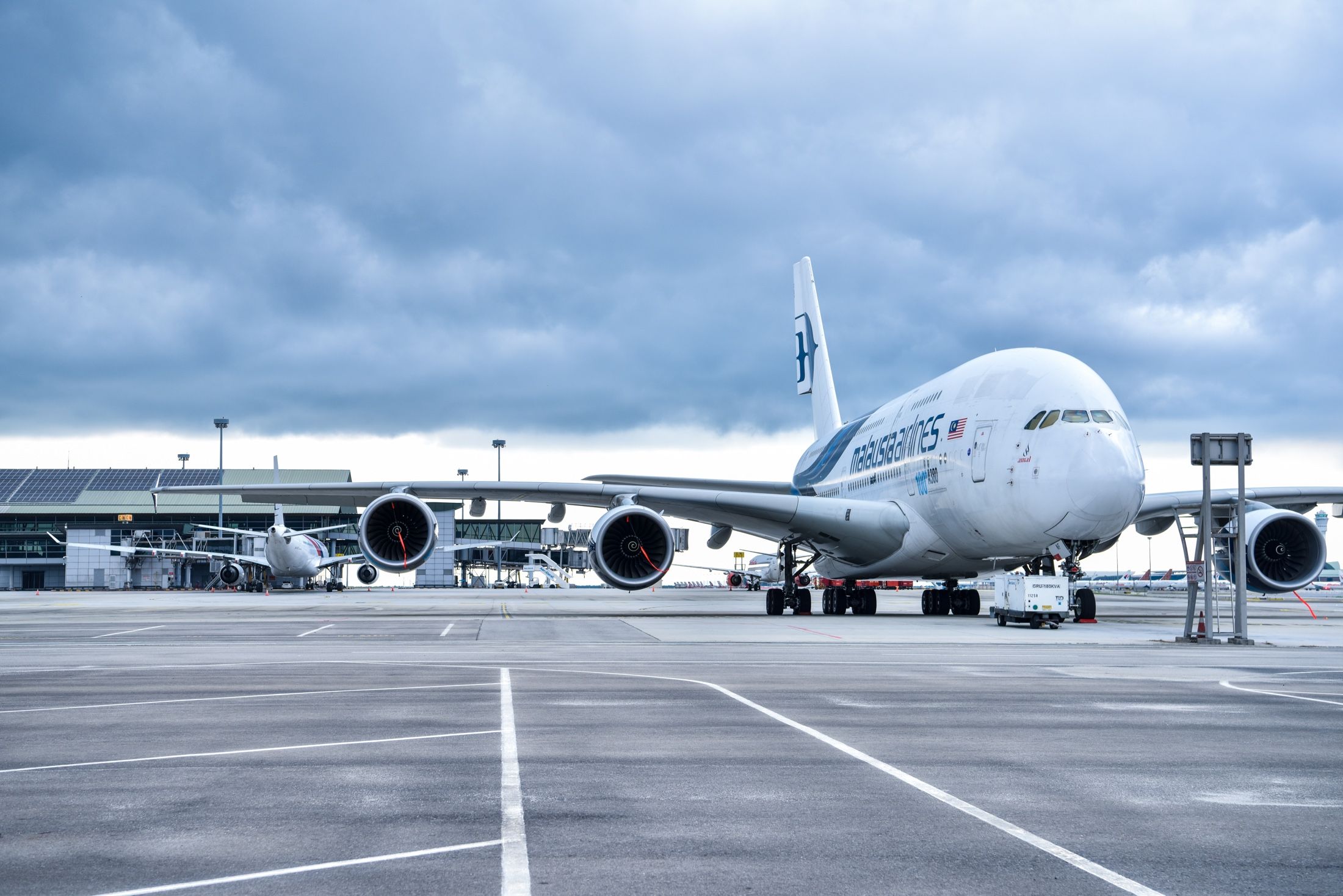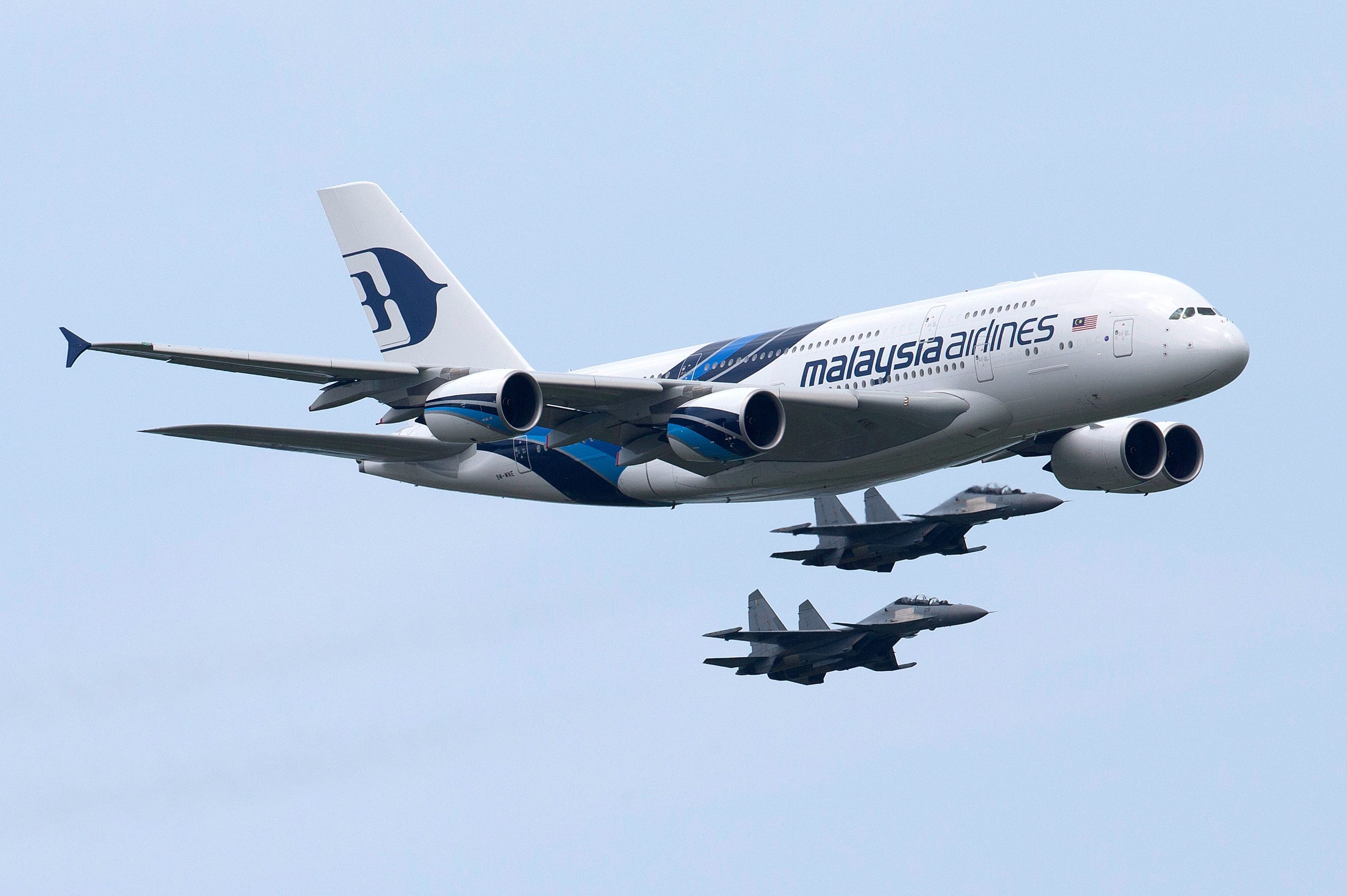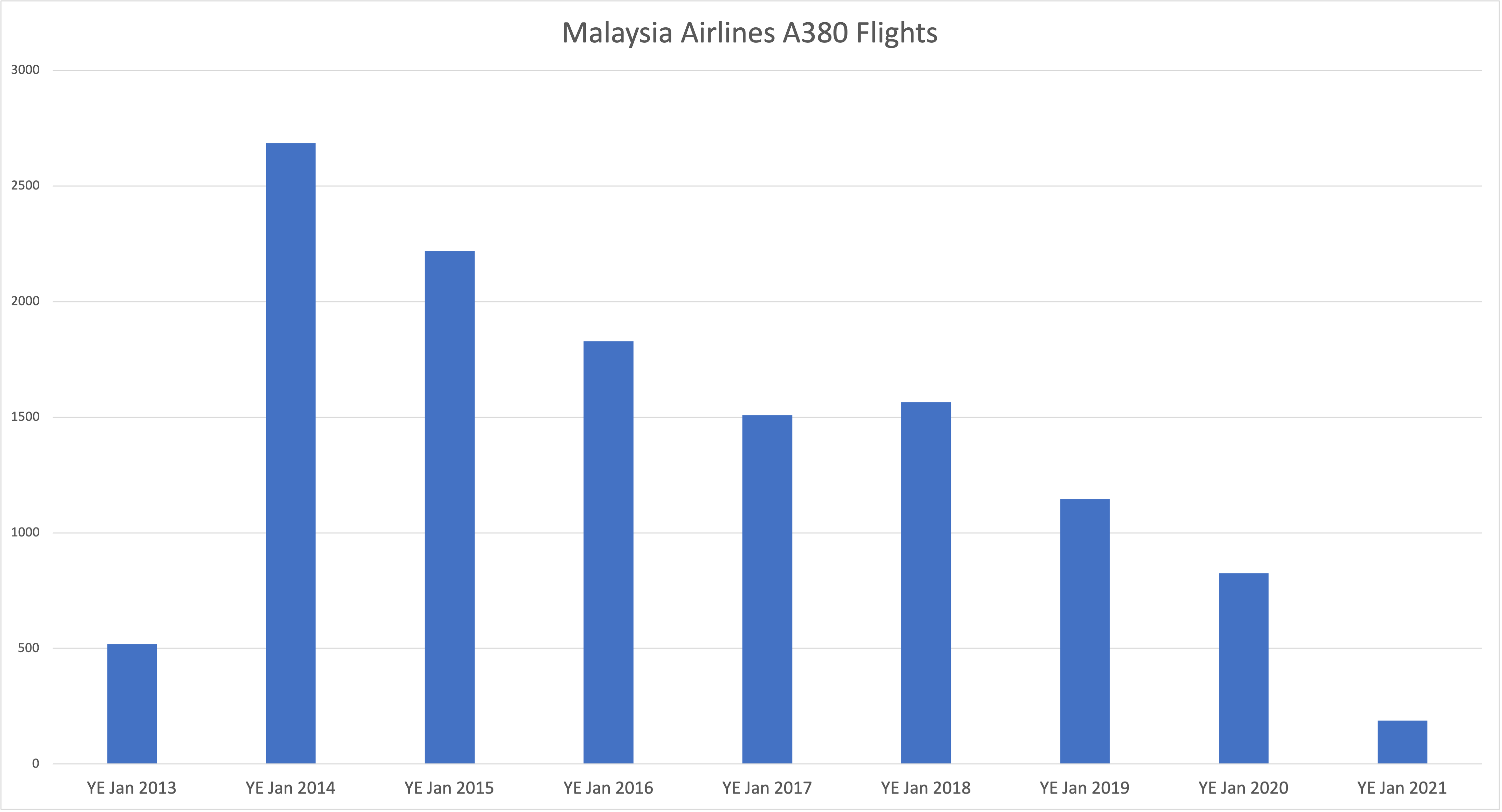Malaysia Airlines has made no secret of its desire to be rid of the Airbus A380. But many airlines have reneged on their initial instincts to remove the type from service as travel demand comes surging back. Perhaps there is still hope?
Speaking to Simple Flying, Capt. Izham Ismail, Group Chief Executive Officer of Malaysia Aviation Group, reiterated that there is no plan to bring back the A380. Indeed, by the end of this year, it is hoped all six will leave the fleet. He commented,
“At the moment, we have no plans to restore service for the A380s and are still targeting to exit the A380 fleet by the end of 2022.”
It seems that Malaysia Airlines will not be joining the likes of Lufthansa and Qatar Airways in undoing its decision to remove the A380 from its fleet. So why can we still see all six somewhat regularly in the sky?
Malaysia Airlines A380s are still flying regularly
With such a firm decision to remove the type from its fleet in a matter of months, one would expect the A380s in MAB livery to be mothballed somewhere, resting their wings in the sun. But that’s not the case.
According to data from FlightRadar24.com, all six have been undertaking regular flights to nowhere, approximately once every three months, from their parking spots at Kuala Lumpur Airport. 9M-MNA last flew commercially in February 2020, arriving in KLIA from Jeddah. It has since flown at least nine times, with the last flight on June 3rd this year.
MNB flew in from Medina on March 6th, 2020, and has flown 10 times since, the last on August 3rd. The story is the same for the other four, MNC to MNF. All were parked sometime in early 2020, but have been flying short trips of 20 minutes or so every three months since. Why?
Malaysia Airlines doesn’t want just to scrap its A380 fleet. After all, these planes are not leased – they are owned by the airline and are estimated to be worth some $240 million, according to ch-aviation.com. The airline has been attempting to sell the A380s for some time now (more than a year in fact), but has so far been unsuccessful in trying to find a buyer for six second hand superjumbos.
These regular, short flights keep the airplanes current. It prevents the need for costly return-to-service maintenance and ensures any buyer for the jets can take off right away. It won’t be the only maintenance MAB is undertaking – the airline will likely be busily running the engines every week, running major systems and doing all the pre-check flights that would normally be done if a plane was in regular use.
This so-called ‘active parking’ means the A380s are ready to go, but with no buyer on the horizon for MAB, it does somewhat seem a case of throwing good money after bad. Surely it would be better to simply drain fluids, preserve engines and cover all the inlets until such time as someone shows an interest?
The A380 was too late for Malaysia Airlines
Malaysia Airlines ordered the A380 in January 2003, firming that order for six aircraft in December the same year. At the time, it was expected that the A380 would enter into service in 2006, and although Malaysia Airlines was a way down the queue to receive its order, it likely expected to get the first planes relatively soon after this.
The early 2000s were a challenging time for the aviation industry. Airports like Heathrow and Paris CDG were straining at the seams, and the business structure of the day was all about hub and spoke operations. The A380 made a lot of sense to airlines like MAB, or at least it did at the time of the order.
But Airbus had bitten off a little more than it could chew with the A380, and delay after delay was announced. The first airplane entered service in October 2007, with Singapore Airlines, and it would be the only one to do so that year. With production taking longer than expected, Airbus only managed to deliver 12 more A380s in 2008, and 10 in 2009. Malaysia Airlines ended up waiting until July 2012 to receive its first superjumbo.
In the meantime, airlines had shifted to preferring frequency over capacity. New airplanes like the 787 were entering service, and the business case for the A380 was getting weaker by the day. This reflects in the Airbus orderbook for the type, which saw sluggish orders from the launch of the type, compounded by huge cancellations just 12 years after the first airplane entered service.
For MAB, the A380 started strong, flying frequently to the likes of London Heathrow, Charles De Gaulle in Paris and, for a while, to Sydney. But capacity never lasted long, with the A380s use steadily declining throughout the 2010s. Now, there is just no place for the A380 in its fleet.
Malaysia Airlines has firmly staked its position this week, with an order for 20 A330neos announced. These will join the 24 A330 types already in its fleet, with its small population of six A350s taking care of the higher capacity routes. While a number of airlines have seen reason to bring back the A380 to service, for Malaysia Airlines, there is no room left for the superjumbo in its fleet.

